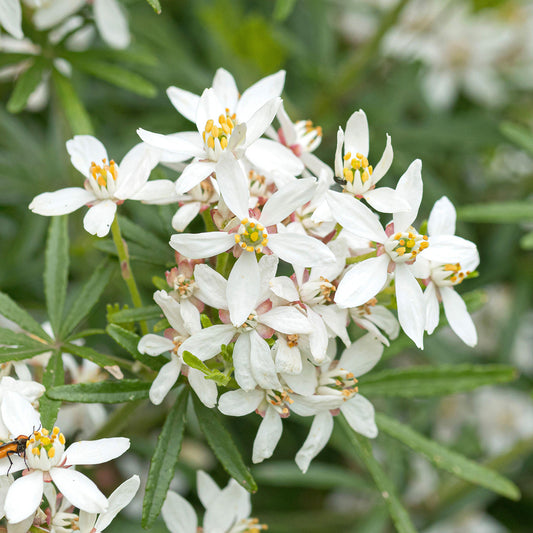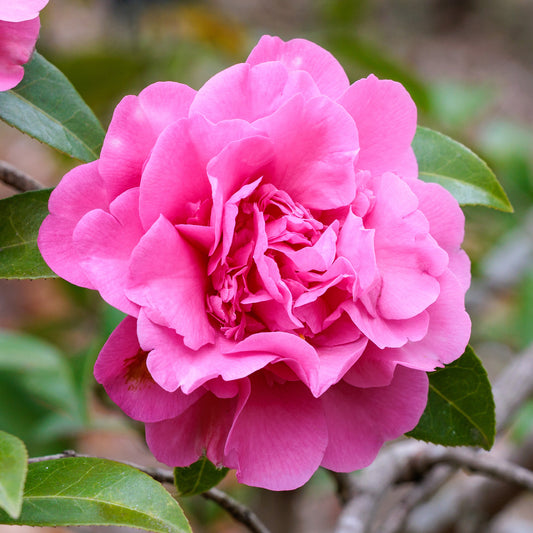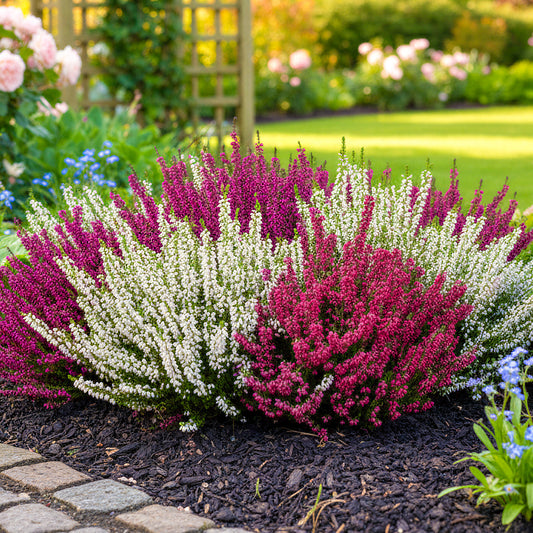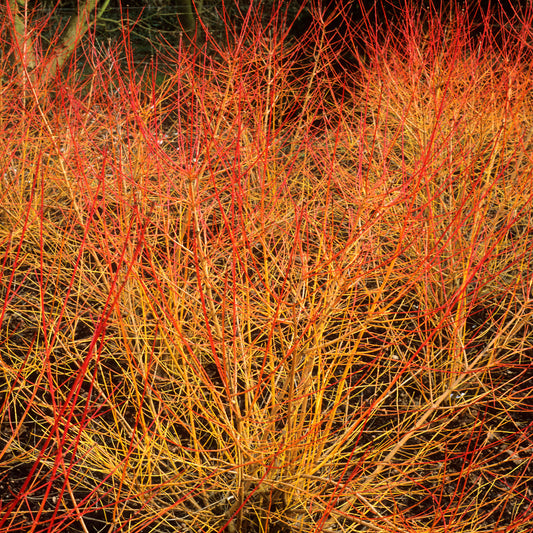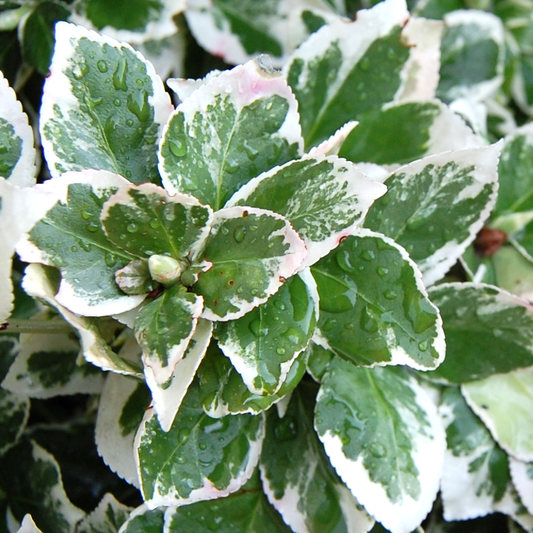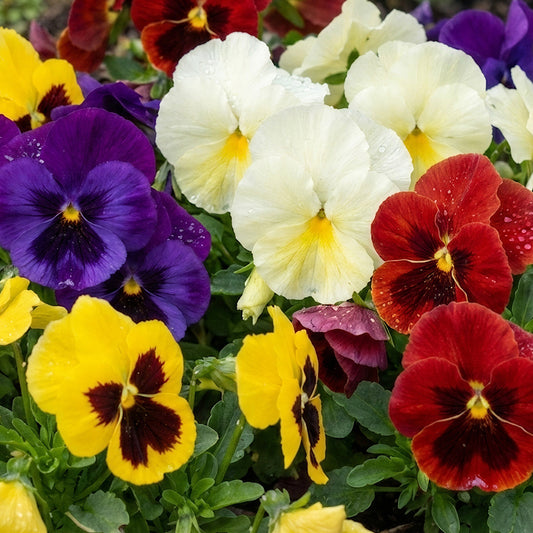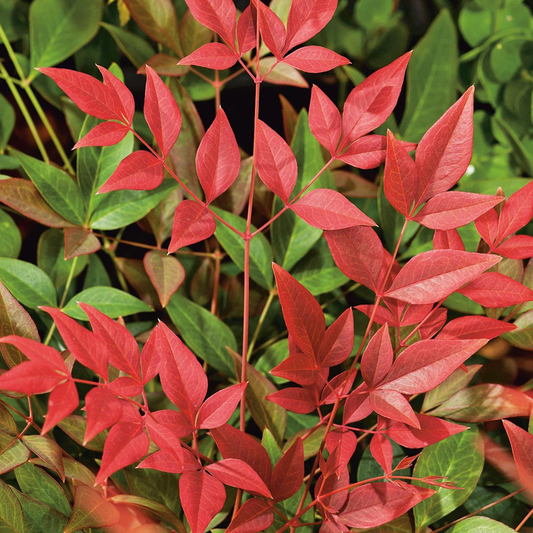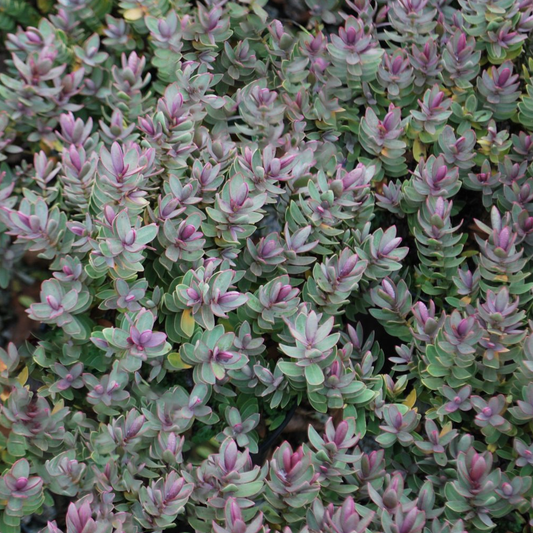Product description
Brunnera macrophylla, commonly known as Siberian Bugloss or Great Forget-Me-Not, is a hardy perennial that brings a touch of charm to shaded areas of the garden. Its large, heart-shaped green leaves form a lush backdrop for delicate sprays of bright blue, forget-me-not-like flowers that bloom from April to June. This clump-forming plant is ideal for ground cover, providing excellent weed suppression and adding texture to borders and underplanting of shrubs.
Thriving in partial to full shade, Brunnera macrophylla prefers moist but well-drained, humus-rich soils. It's well-suited for cottage and informal gardens, woodland settings, and low-maintenance landscapes. The plant is generally pest and disease-free, making it an easy-care addition to any garden. Regular removal of spent flowers and damaged leaves will keep it looking its best throughout the growing season.
Beyond its aesthetic appeal, Siberian Bugloss is valued for its resilience and versatility. It's particularly useful for brightening shady spots where other plants may struggle, and its foliage provides visual interest even when not in bloom. Whether used as a ground cover or a focal point in a shaded border, Brunnera macrophylla is a reliable choice for gardeners seeking beauty with minimal upkeep.
Please Note: Images are for illustrative purposes only and designed to be a representation of the item(s) being sold. Depending on seasonality, deciduous plants may be supplied in their dormant state and without leaves. Plants may also be pruned back, lower than stated heights, to encourage new growth.
Garden Plant Size Guide

Plants in larger pots can be multiple years older than their smaller counterparts with more mature root systems and foliage. This makes them able to thrive as a full size plant in your garden quicker than smaller alternatives.
The most common size of pot that garden plants come in are 9cm/1L/3L/5L this is in reference to the diameter at the top of the pot.
9cm potted plants still remain the most popular cost effective option though, they just may take a little patience to allow them to grow into full maturity once planted in your garden.
Plant specs, care guide & tips
Key features
Specifications
When to plant
| Jan | Feb | Mar | Apr | May | Jun | Jul | Aug | Sep | Oct | Nov | Dec |
|---|---|---|---|---|---|---|---|---|---|---|---|
Planting and period of interest times are general guidelines and may vary based on your location and conditions. For best results, consult local gardening resources.
Instructions
Top Tip
If you find your hostas are being eaten by slugs and snails, brunnera is a fantastic alternative.
How to Water
Water young plants regularly until they are fully established. After this, water during particularly dry spells, especially if the plant isn’t in a shady spot.
How to Plant
Brunnera is a shade loving plant, so choose a cool spot and plant in moist but well-draining soil. Weed the area thoroughly and dig a hole slightly bigger than the root ball. Dig in some organic matter and position the plant in the hole, ensuring the top of the root ball is at soil level before backfilling, firming down gently as you go. Water in well.










